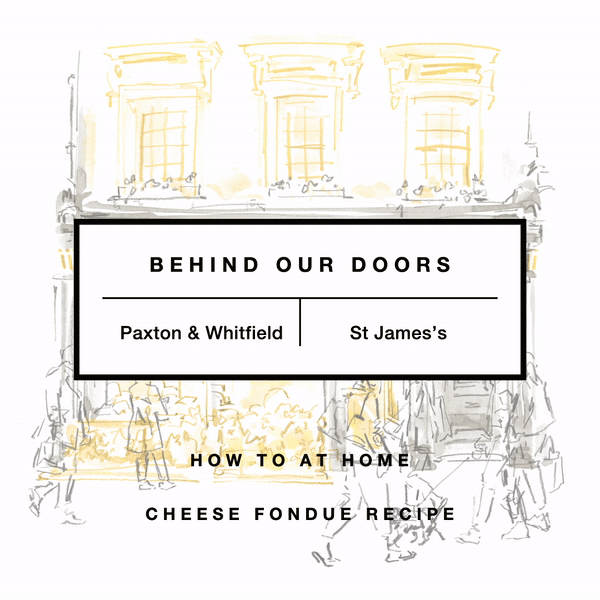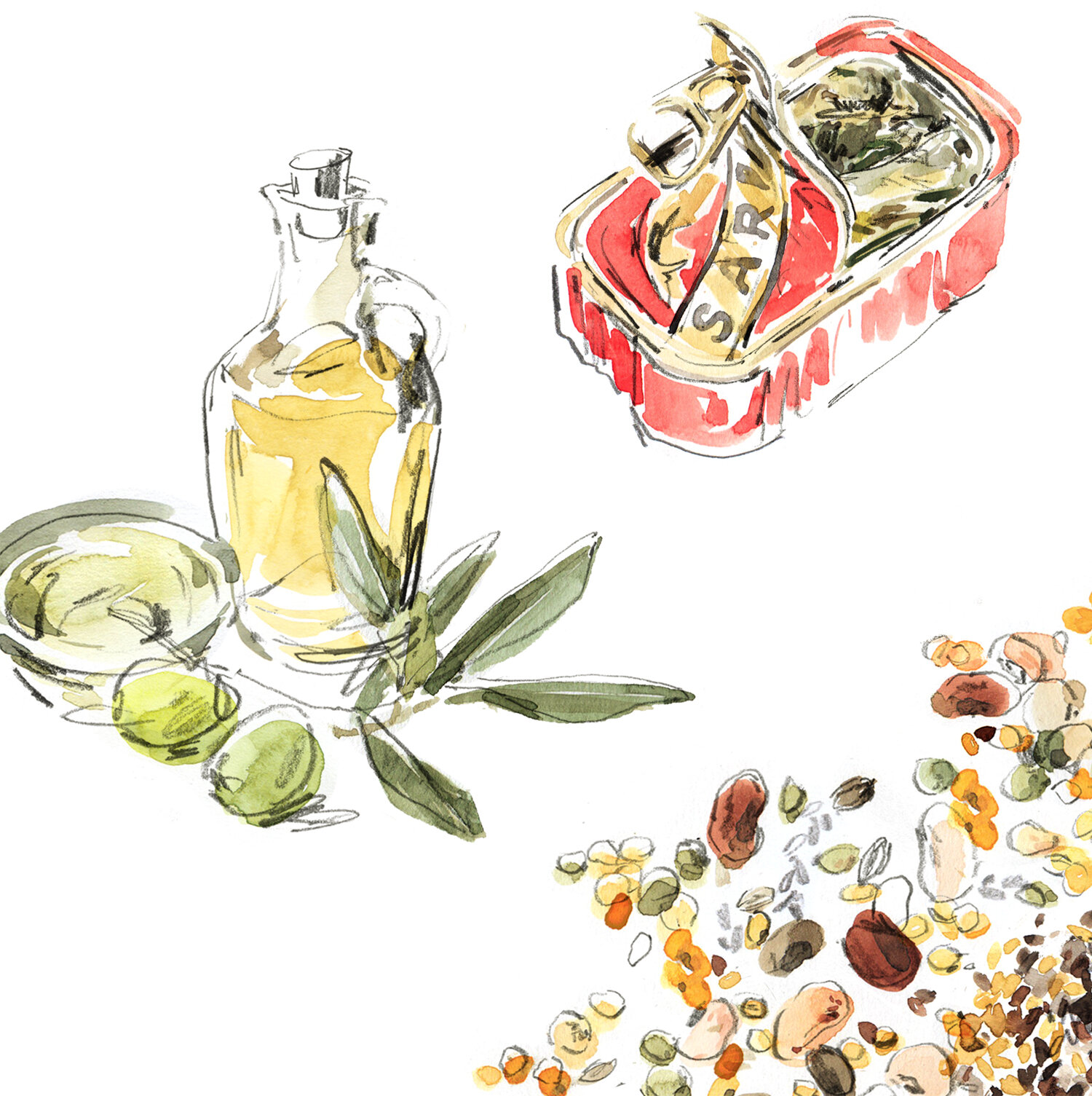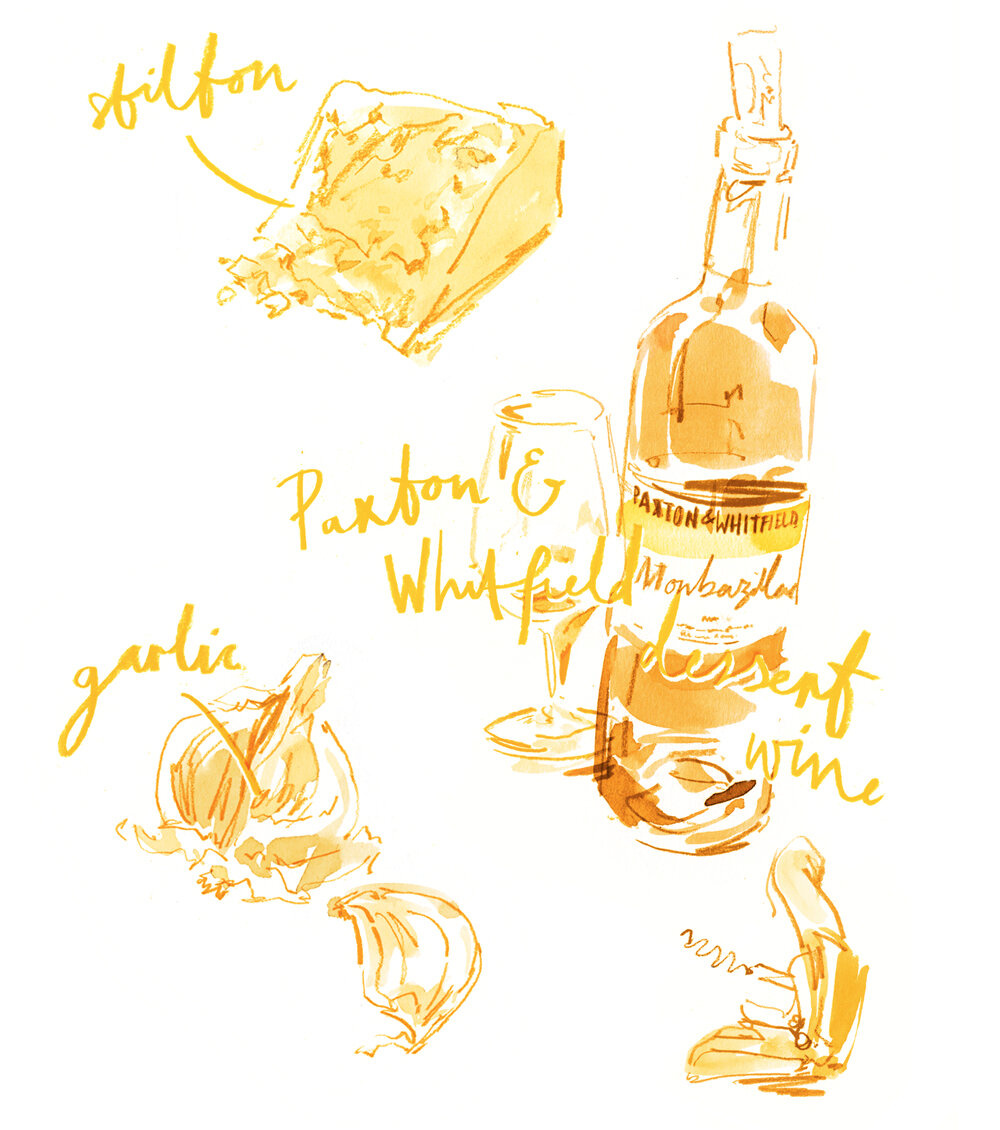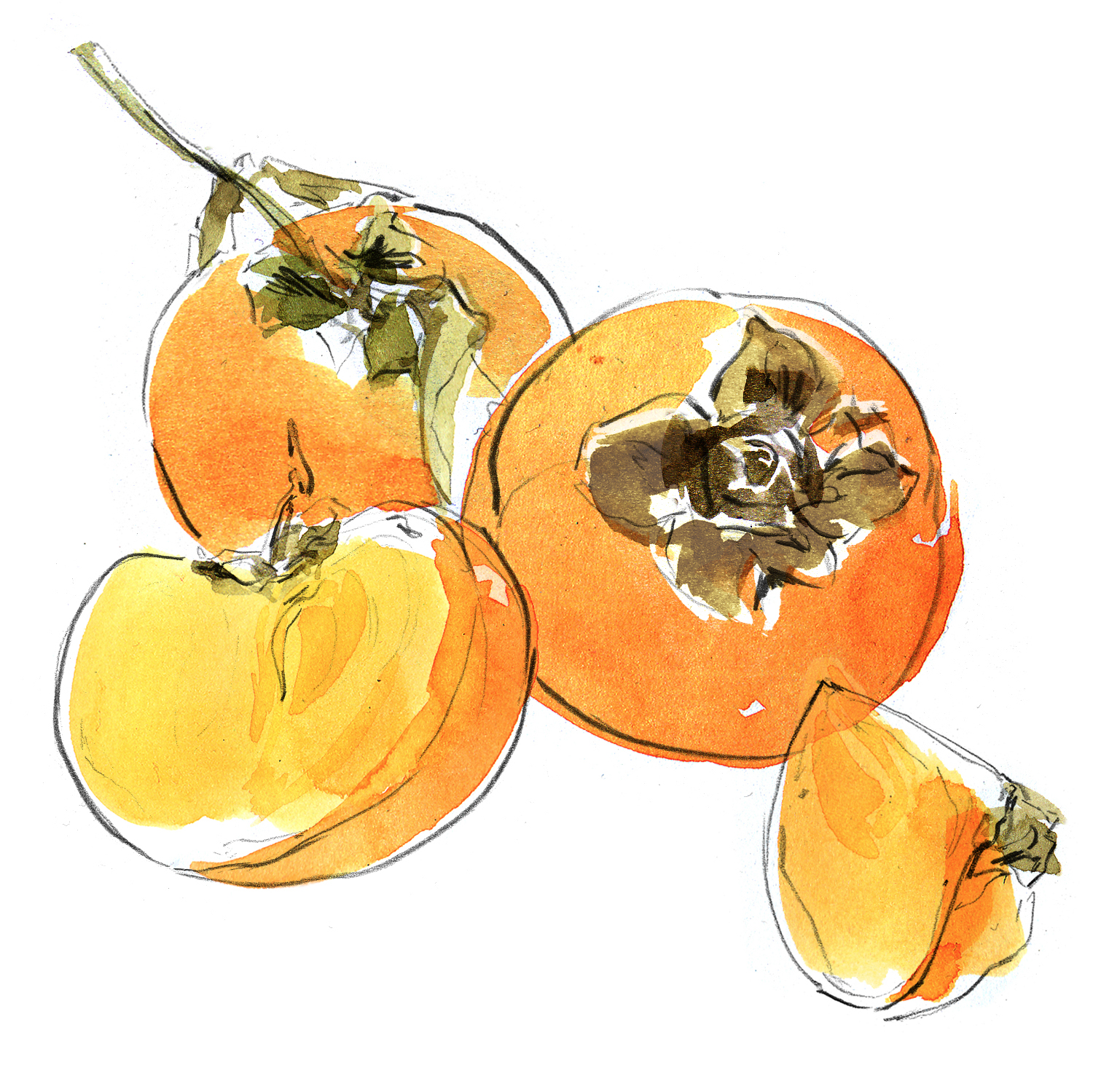






Matthew Rice is a long-time observer and illustrator of cities, buildings and all those who inhabit them, with an uncanny ability to express the energy of a place through a few lines of ink and splashes of paint.
For years, Venice has been a source of deep creative inspiration for him; and now, in Venice: A Sketchbook Guide, he captures the highlights of this most beguiling of Italian cities. Unsurprisingly, given his abiding passion for architecture, Matthew provides a wealth of information about the ‘stones’ of Venice, including an illustrated guide to the main building styles of the city – Byzantine, Gothic, Renaissance, Baroque and Modern – and exemplars of its balconies, bridges and campaniles.
Further sections explore the city’s sestieri – its six residential quarters – as well as its history, paintings, festivals, wildlife and, not least, its cicchetti and aperitivi. Following the same landscape format as Matthew’s real-life sketchbooks, Venice: A Sketchbook Guide will combine enchanting watercolour illustrations with an informed, personal and witty text, and promises to delight all visitors to Venice, armchair or actual.

I like to get in front of my subjects “en plein air” if I can. Even in my allotment pictures (which are partly from imagination) the core elements are taken from real allotments. Working on site you get so much more from what you are trying to capture, I also get to chat to passersby who feed into my work with their rich stories and conversation. For me working purely in the studio would be like painting through a letter box.
In regards to perspective, the early part of my career was drawing and airbrushing full 3D cutaways of fighters and ships for the MoD so I know a fair bit about getting perspective right if I need to.
Accurate perspective however is all well and good, although in creative terms it can only deliver so much. I tend to adjust and push things about until it feels right. If that means geometric perspective is abandoned then that’s fine. It’s all about the overall impression.

“In many ways, why we paint is more important than what or how we paint. What we create is more than just something we do, it expresses who we are. My work is a study in contrasts: light and dark, vertical and horizontal, warm and cool, the real and the imagined, and elements of the past, present, and future. I design with conflicting elements – allowing them to find balance and resolution on the surface of the paper in surprising and expressive ways, trying never to paint just what I look at, but rather how it is I see; how I react to the world I see around me and within. The results are reflections of my attempt at becoming more fully present in the process.“
Thomas W. Schaller is an award-winning artist, architect, and author based in Los Angeles. As a renowned architectural artist, he received a Graham Foundation Grant and was a two-time recipient of the Hugh Ferriss Memorial Prize. He has authored three books; the best-selling, and AIA award winner, Architecture in Watercolor (VNR – McGraw Hill) The Art of Architectural Drawing (J.Wiley and Sons), and Thomas W. Schaller, Architect of Light : Watercolor Paintings by a Master – a retrospective of his recent artwork released by North Light Books / F+W Media and now Penguin / Random House, NYC in 2018.
The new crop of Italianate villas, iced white with stucco like giant cakes, and the rows of brick terraces and mansion blocks that followed them soon became home to publishers (Charles Ollier), artists (Sir John Tenniel) and poets: Robert Browning lived at 19, Warwick Crescent for more than 20 years and the pool where the Grand Union and Regent’s canals meet is now called after him.
Although Browning has been credited with naming the canal area Little Venice, it was Byron that first (facetiously) compared the basin to the Italian lagoon.

Story has it that the poet used to walk along the Paddington arm of the Grand Union Canal with his publisher, John Murray — helpfully pointing to the bridge where another publisher had once drowned himself — and was inspired to write that ‘there would be nothing to make the canal of Venice more poetical than that of Paddington, were it not for its artificial adjuncts’; a fair point, considering that, at the time, the London canals were lined with warehouses and wrapped in soot.
Even today, however, the elegant terraces halfway up Randolph Avenue, with their tripartite arched windows, are far more reminiscent of the Italian city than Little Venice itself, where the serene buildings and tree-lined banks have a rather more bucolic feel.
Focussing on the three types of object featured in the V&A display Renaissance Watercolours: illuminated manuscripts, portrait miniatures and coloured drawings, this film showcases the qualities that made watercolour the medium of choice for many artists during the Renaissance.
A modern-day painting of a pomegranate, using traditional watercolour techniques, by artist Lucy Smith, also demonstrates how watercolour painting remains a versatile medium, ideal for capturing life-like details that help us to record our diverse world.
The most comprehensive and best-illustrated history of watercolor painting ever published.
The term watercolor calls to mind atmosphere, luminosity, and immediacy―qualities that derive directly from the quick-drying, translucent nature of water-based pigments. In Watercolor: A History, Louvre curator Marie-Pierre Salé provides an authoritative and beautifully illustrated account of this versatile and widely beloved artistic medium.
Salé’s incisive text traces the development of watercolor from the thirteenth to the twentieth century in Europe and the United States, encompassing every type of work―from plein-air sketches to finished studio pieces―and a wide variety of artists. Here are Dürer’s detailed animal studies, Turner’s landscapes, Cézanne’s tireless explorations, Sargent’s light-dappled sketches, O’Keeffe’s pioneering abstractions.
This handsome volume features more than three hundred full-color illustrations, specially printed on Munken paper to capture the vibrancy and texture of the original works. It is sure to be welcomed by art historians and art lovers alike.
Tim Wilmot is an artist from Bristol in the South-west of the UK, specialising in vibrant watercolours, using tone and light to bring out the best in the medium. Tim, self-taught, paints in a loose, impressionistic style and, while having dabbled with portraits and still lifes, he is inexorably drawn to landscapes.

He says: “I’m an outdoor person rather than an indoor person. For many years I’ve taken a sketch book on my travels and I quickly scribble scenes in a shorthand sort of way. Then, returning home, I recreate those memories with paint and brush. Watercolour is also an ideal medium for those quick impressions when you’re limited in time.”
Marilyn Simandle is an internationally known oil and water color painter. At the age of six, and learning from her mother, a musician and painter, Marilyn started painting watercolors. She has always known that she would become a professional artist.
After receiving her BA Arts Degree from San Jose State University along with decades of discipline and dedicated practice, Marilyn has gone on to share her inspirations with the world. She is credentialed as a Master with OPAM, NWS, and AWS (Oil Painters of America, National Water Color Society, and American Water Color Society). She has authored two books, “Capturing Light in Watercolor” and “Contagious Enthusiasm”, both of which reflect her mantra “It takes a lot of practice to become a professional”.

A native Californian, she now resides in Hampton Cove, Alabama, where she explores all her passions: painting, gardening, and playing the piano. The former flight attendant is an avid traveler and photographer that keep her fully stocked with subject matter for painting.
In her “Painterly Style”, Marilyn tries to convey her own personal beliefs of what art truly is. Her mentors are John Singer Sargent and Joaquin Sorolla. The artist’s role is to make the ordinary extraordinary. She loves to explore the interplay of light and shadow and its effects on the subject matter. Her painting compositions engage her collectors with uplifting shapes, values, and exciting colors, tonal relations and depth. Marilyn believes it is far better to leave a painting more unfinished rather than with too much detail so the viewer can complete the painting. It is more free to view a single brush stroke done with energy and confidence that 100 strokes done with drudgery.
Marilyn often says “You become what you behold”. This is ever so evident in her paintings. Peace, joy, rest and comfort are realized by her followers and collectors through her work. A student of Marilyn’s successful workshops was once heard to say to Marilyn, “You have given me a new insight to painting and have instilled in me courage and inspiration to keep painting.”